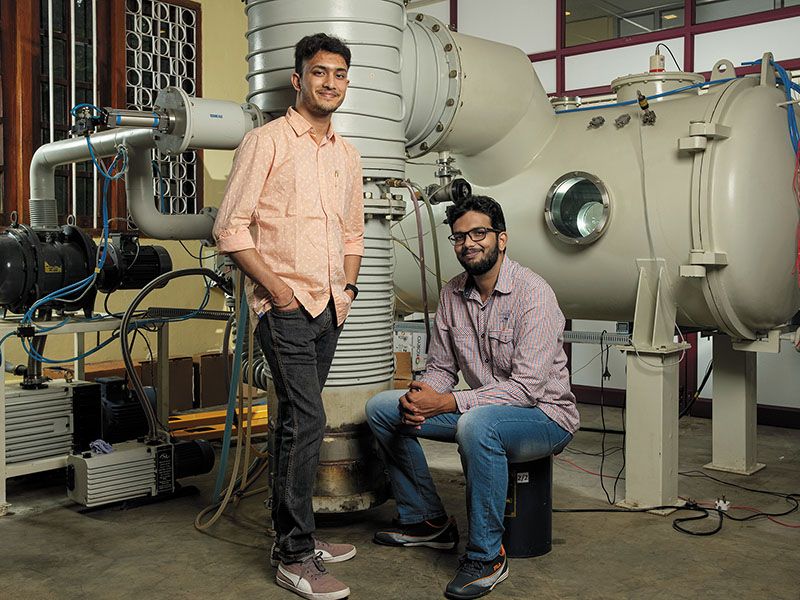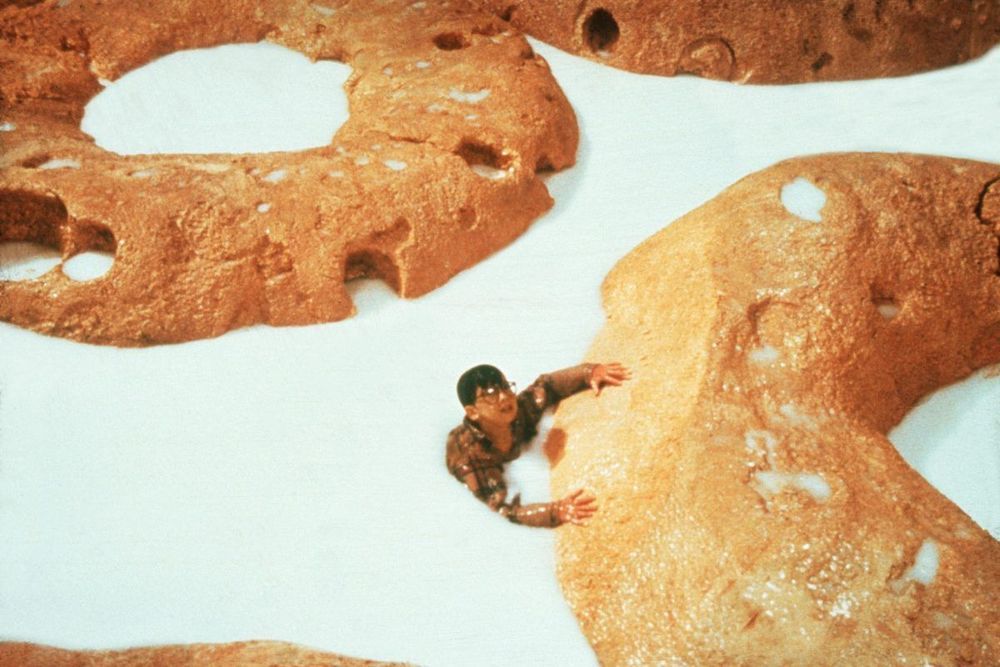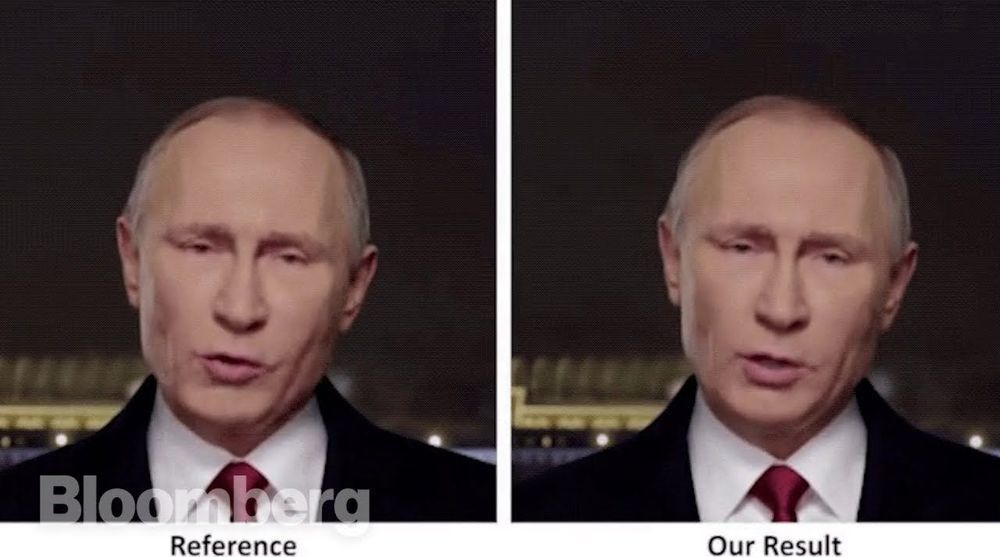India’s space programme has thus far been a government-backed effort. But now that is changing, with the emergence of a clutch of space technology startups. From propulsion and rocket technology ventures such as Bellatrix, to satellite makers such as Dhruva Space and Team Indus that aspire to bid for entire programmes rather than supply piece-meal components, there are now about two dozen startups in this field compared to only a handful three years ago.
India’s space programme has, so far, been a government backed effort with Isro. With new technology and falling costs, a clutch of space technology startups are garnering domestic and global clients.









